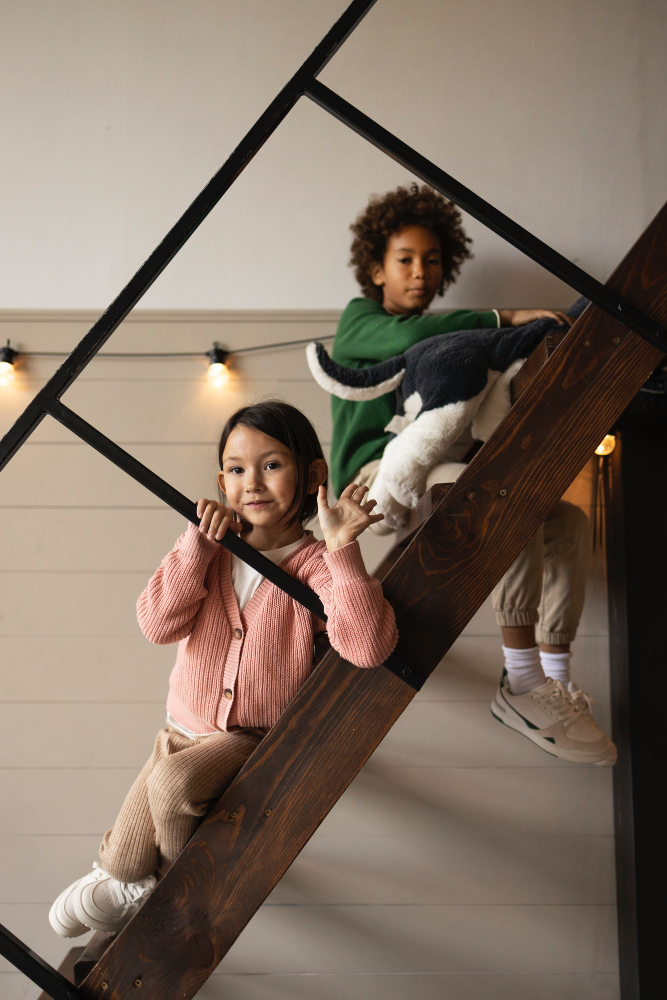Universal Design for Learning (UDL) is a framework grounded in the belief that all students deserve access to learning environments that are flexible, responsive, and inclusive by design. Rooted in the neuroscience of variability and inspired by architectural principles of universal access, UDL promotes proactive curriculum planning that anticipates diverse needs. Rather than retrofitting accommodations after a child struggles, UDL encourages educators to build multiple modes of representation, engagement, and expression into every lesson. It assumes that disability is a function of environment—not deficit—and seeks to remove barriers before they arise.
Benefits
UDL offers a transformative reorientation for classrooms. It empowers educators to recognise learner variability as the norm, not the exception. By embedding choice, voice, and multiple access points into instruction, UDL helps reduce stigma, foster independence, and increase participation. It also supports students with both identified and unidentified needs, including those who mask, disengage, or who struggle in traditional performance formats. For teachers, UDL offers a framework to plan with intention and flexibility, often improving outcomes for everyone—not just students with disabilities.
Limitations
Despite its promise, UDL can become superficial if reduced to a checklist or digital slide deck. Without critical attention to structural power, UDL risks prioritising aesthetics or tech-enhanced differentiation without addressing ableism, racism, or the normative assumptions embedded in curriculum. It may also be framed as a luxury or enrichment layer, rather than a fundamental access mandate. Educators may feel overwhelmed by its scope unless supported through systemic change, collaboration, and professional development. Furthermore, some students require individualised supports that go beyond universal strategies—and UDL should never be used to replace the legal duty to accommodate.
Best fit for
UDL works best in classrooms or schools committed to proactive inclusion and ongoing learning. It is ideal for educators willing to reflect on their assumptions, challenge standardised teaching models, and embrace complexity. UDL flourishes in environments where collaboration is valued and where leadership supports time and space for design, adaptation, and shared practice. It is especially powerful for students with executive functioning differences, language processing needs, trauma histories, or those who thrive in multimodal formats.
Disability justice alignment
UDL aligns deeply with the values of disability justice when implemented with critical consciousness. It affirms that educational barriers are environmental, not intrinsic to the child. It celebrates neurodivergent ways of knowing and honours the premise that no single way of learning should dominate. In a disability justice frame, UDL becomes more than flexibility—it becomes resistance to the idea that students must conform to rigid standards to be valued.
True UDL attends to power: it asks who designed this space, who feels safe in it, and who is left adapting. It welcomes sensory regulation, honours silence, builds in pauses, and treats pacing as political. It invites collective access work, rather than assuming each child must navigate alone. When teachers and districts embrace UDL as an ethos—not just a strategy—it can serve as a powerful tool for collective liberation.
However, when misused, UDL can become a tool of erasure. In some districts, universal strategies are used to justify denying personalised accommodations—replacing specific, individualised supports with diluted, one-size-fits-all versions. This misapplication undermines the very purpose of UDL, turning a framework of liberation into a mechanism of institutional convenience. Disability justice requires specificity, consent, and responsiveness—not just general access. A true UDL approach coexists with the duty to accommodate, never overrides it, and must remain alert to the institutional tendency to streamline difference out of existence.
When school districts use UDL as a shield against accommodation requests, they betray the framework’s intent and violate students’ rights. It is educational gaslighting—where a parent’s plea for tailored support is met with vague references to “universal strategies,” and the child’s unique profile is erased under the banner of efficiency. This approach doesn’t centre access; it centres the school’s comfort. It doesn’t honour difference; it denies it. And it transforms what could be a site of collective liberation into yet another factory line of standardisation—polished, polite, and profoundly exclusionary.
Learn more
- CAST: Universal Design for Learning Guidelines (www.cast.org)
- Novak, Katie. UDL Now!
- Meyer, Rose, and Gordon. Universal Design for Learning: Theory and Practice
- Dolmage, Jay Timothy. Academic Ableism: Disability and Higher Education
- Brown, Lydia X.Z. and Talila A. Lewis, Visioning Alternatives to Segregated Education: A Disability Justice and Access-Centered Pedagogy Approach











